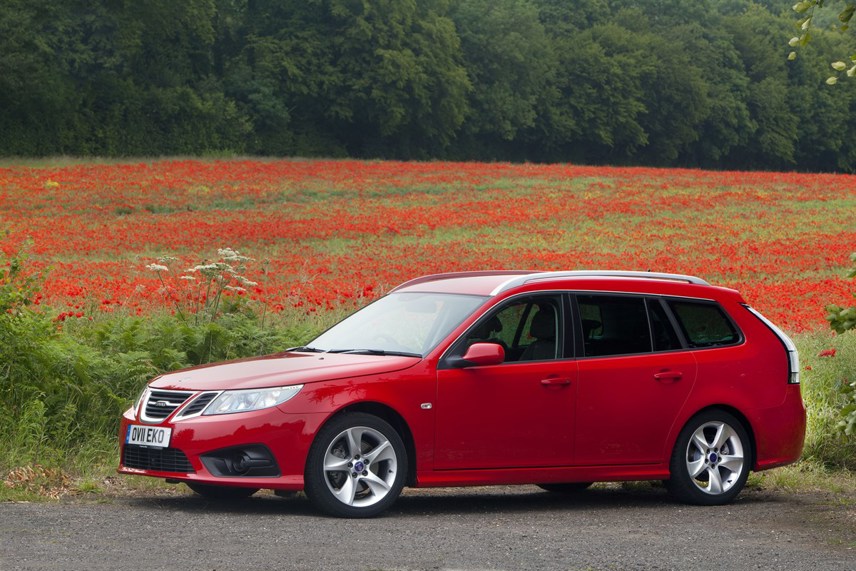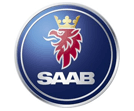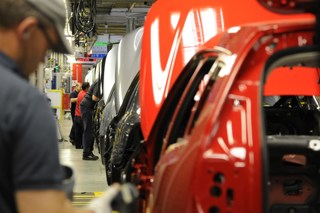Review
It’s a sleek looker with purposeful styling at the front, and there’s no doubt about its straight-line speed.
But there are little things coming to light that betray the Saab 9-3’s origins in a platform that began life in production in 2002.
While the larger Saab 9-5 shares its basic architecture and major components with the Vauxhall Insignia, the 9-3 has much in common with the 2002 Vauxhall Vectra.
Although the 9-3 Sportwagon was launched in 2005, and has undergone a few updates with the rest of the 9-2 range, the base car is now in its 10th year.
While the 9-3 proves it can compete on equal terms on CO2 emissions (180bhp and 119g/km is still remarkable in 2011), I’ve begun to miss some of the things I had become used to in the Mondeo I was running previously.
Simple things, some of them, such as an auto-hold function on the brake. I have to turn into a busy road a minute after leaving home each morning, and although we learn clutch control as part of the process of learning to drive, when you get used to some of these convenience features, you miss them when they’re not there.
The indicators don’t have a lane-change function and flash three times when nudged left or right; instead you have to hold the stalk or use it as you would for turning left or right and cancel it manually.
These are minor complaints, but in a Passat or Mondeo I wouldn’t have to complain.
The fuel consumption and CO2 emissions figures are impressive, particularly given that there’s no stop-start function or energy recuperation system.
It seems the only concession to fuel saving is a climate control system whose default setting it with the air conditioning off, and a tall fifth and sixth gear. But with fuel consumption that, according to the trip computer, has been as low as 45.5mpg, and has yet to break the 50mpg barrier at almost 5,000 miles it seems the car has been ‘optimised’ for the official tests to beat the 120g/km threshold than for any real-world benefit.
Author:
Simon Harris
Specs
| Manufacturer | Saab |
| Model | 9-3 Sportwagon |
| Specification | |
| Model Year | 0.00 |
| Annual VED (Road tax) | £0 |
| BIK List Price | £24,759 |
| CO2 | 119g/km |
| BIK Percentage | 13% |
| Insurance Group | N/A |
| CC | N/A |
| Fuel Type | Diesel |
| Vehicle Type | |
| Luggage capacity (Seats up) | N/A |
Running Costs
| P11D | £24,759 |
| Cost per mile | 42.53ppm |
| Residual value | £7,500 |
| Insurance group | N/A |
| Fuel Type | Diesel |
| Cost per mile | 0.00ppm |
| Fuel | 0.00ppm |
| Depreciation | 0.00ppm |
| Service maintenance and repair | 0.00ppm |
Info at a glance
-
P11D Price
£24,759
-
MPG
62.8 -
CO2 Emissions
119g/km -
BIK %
13% -
Running cost
3 Year 60k : £7,500 4 Year 80k : £5,300 -
Fuel Type
Diesel



















Login to comment
Comments
No comments have been made yet.